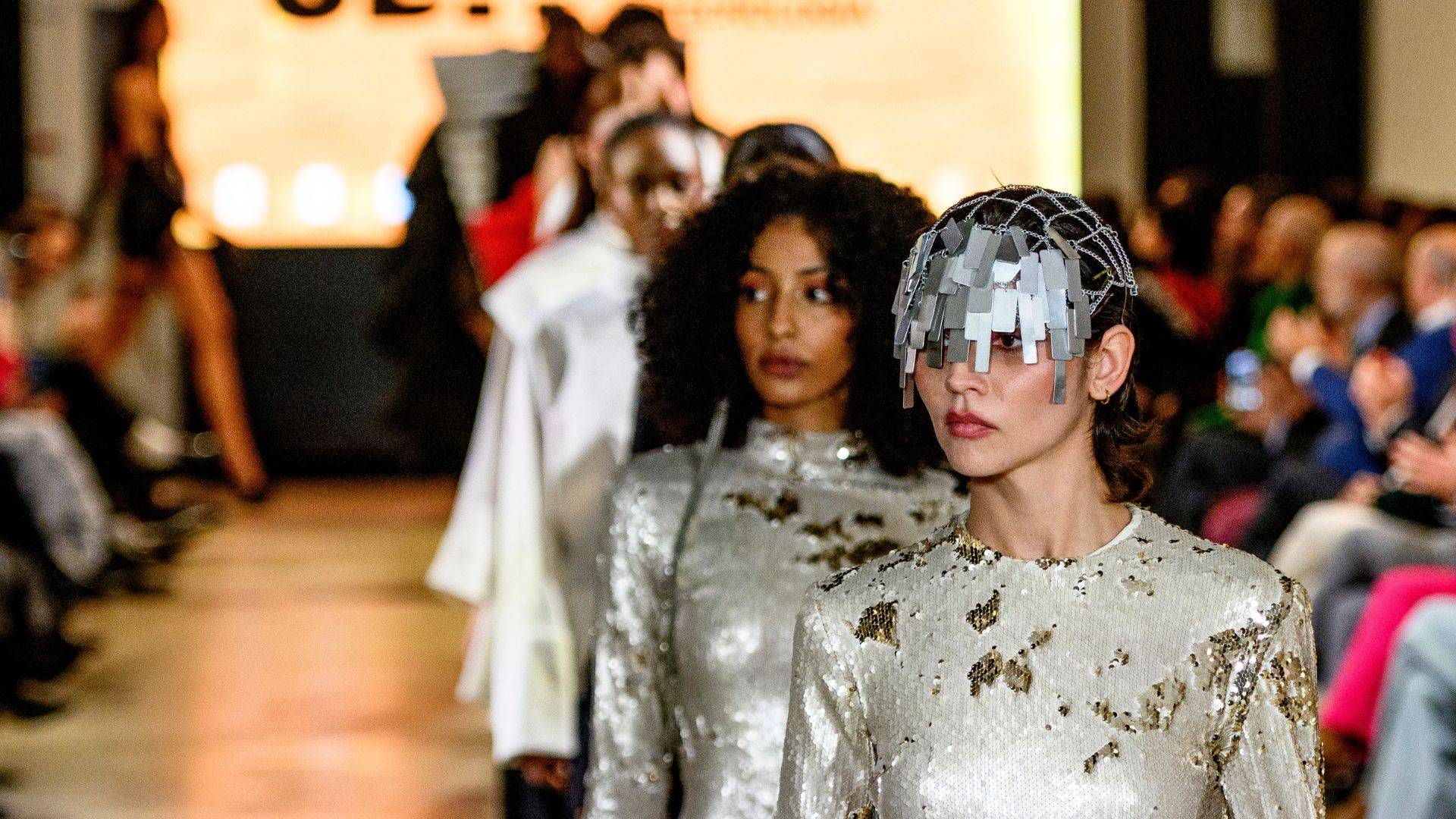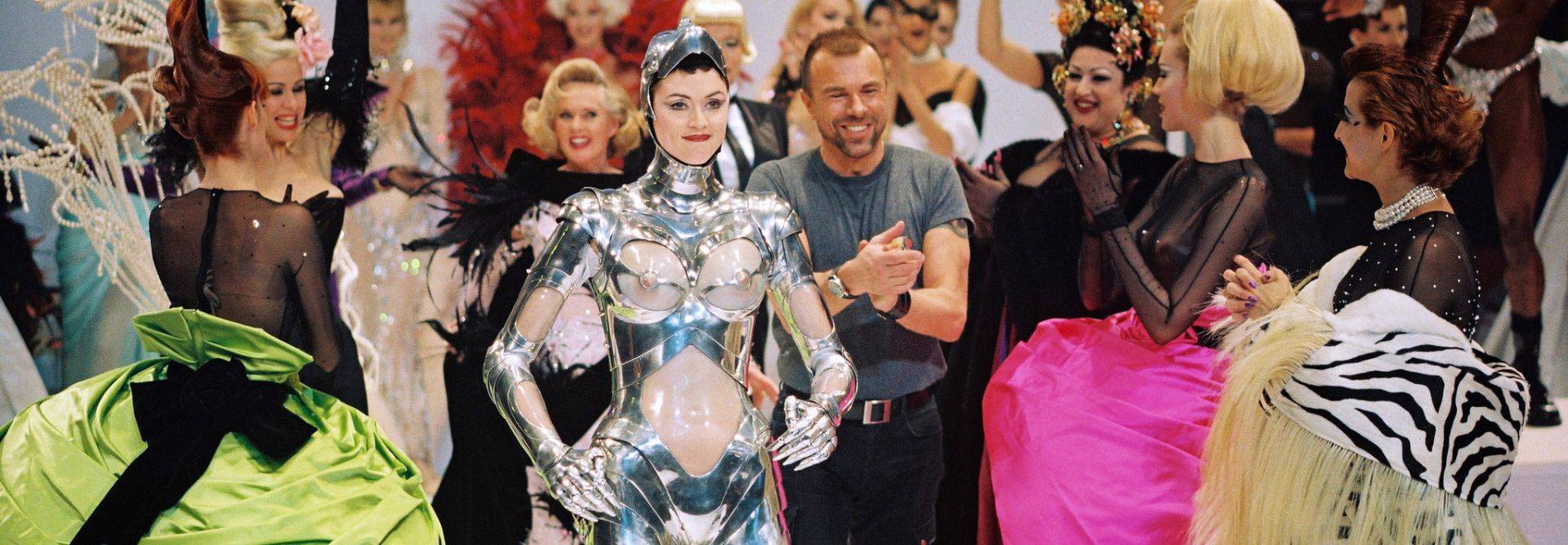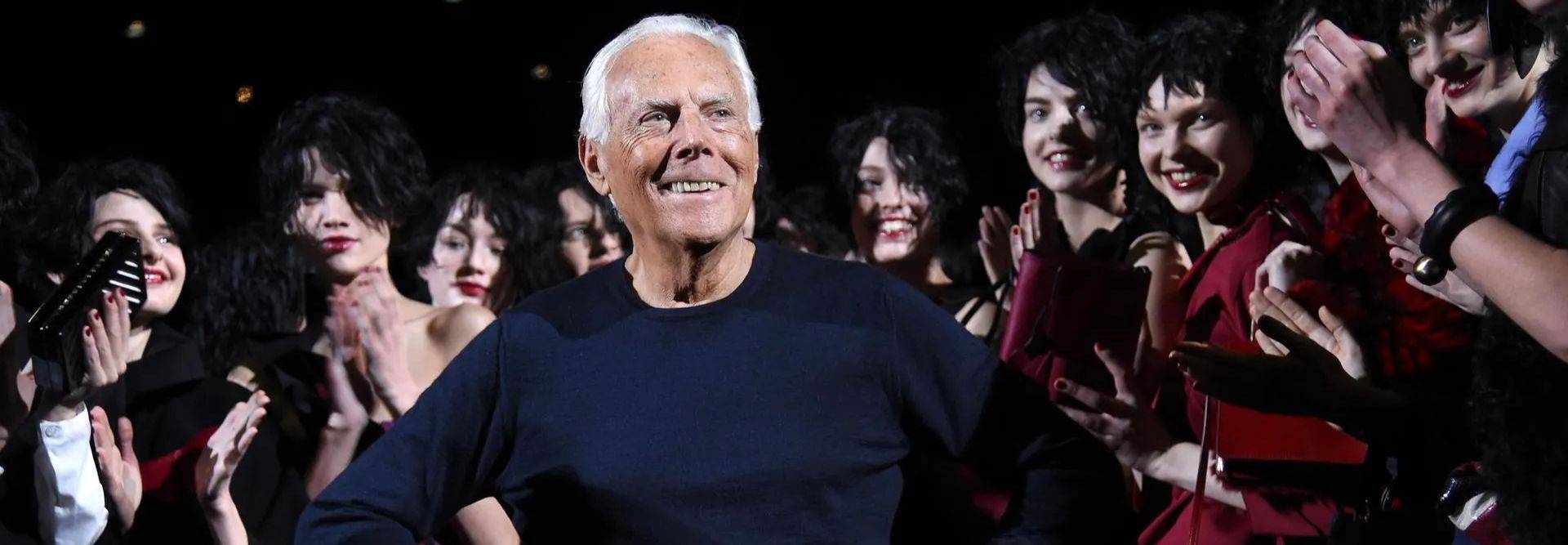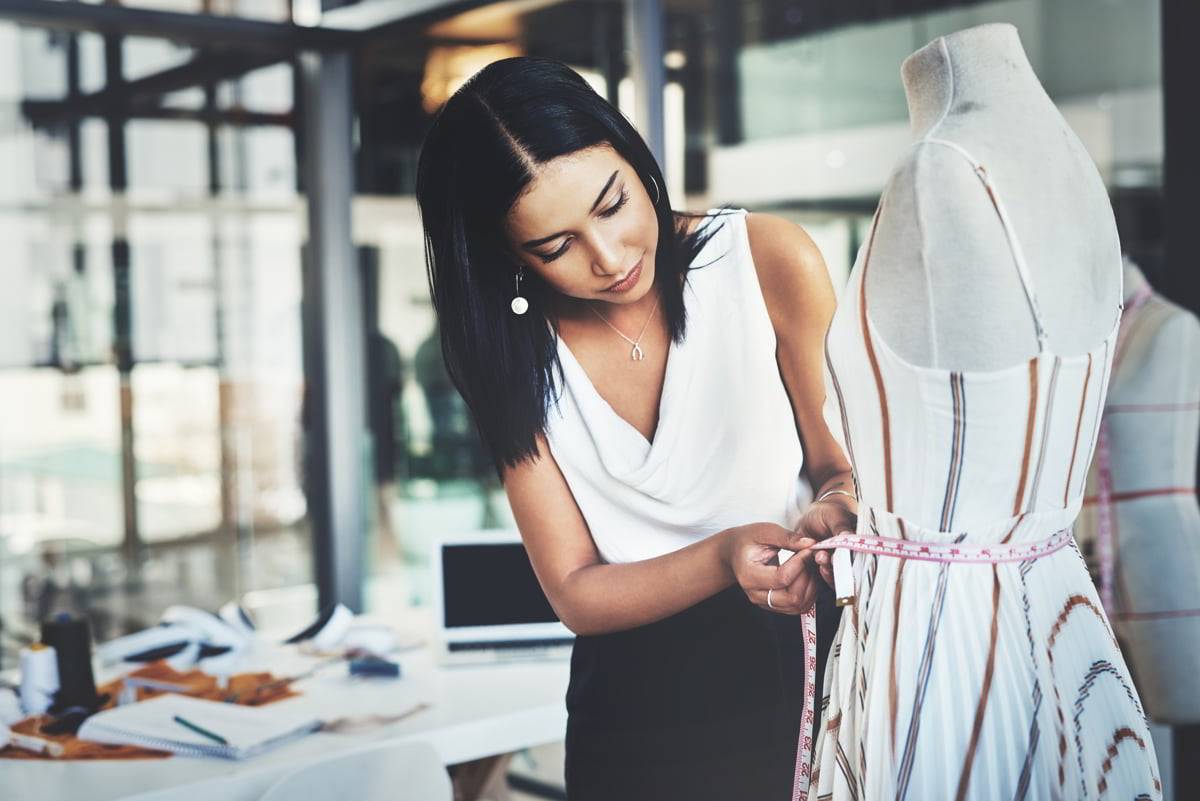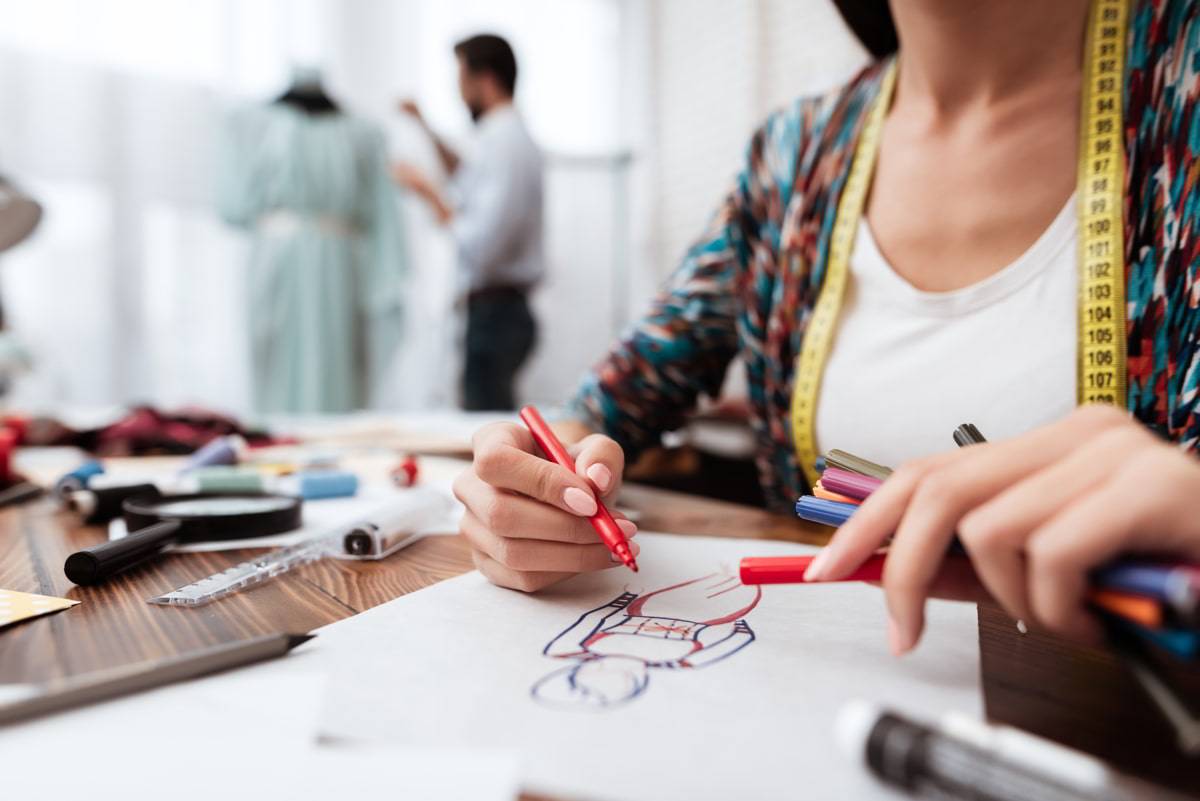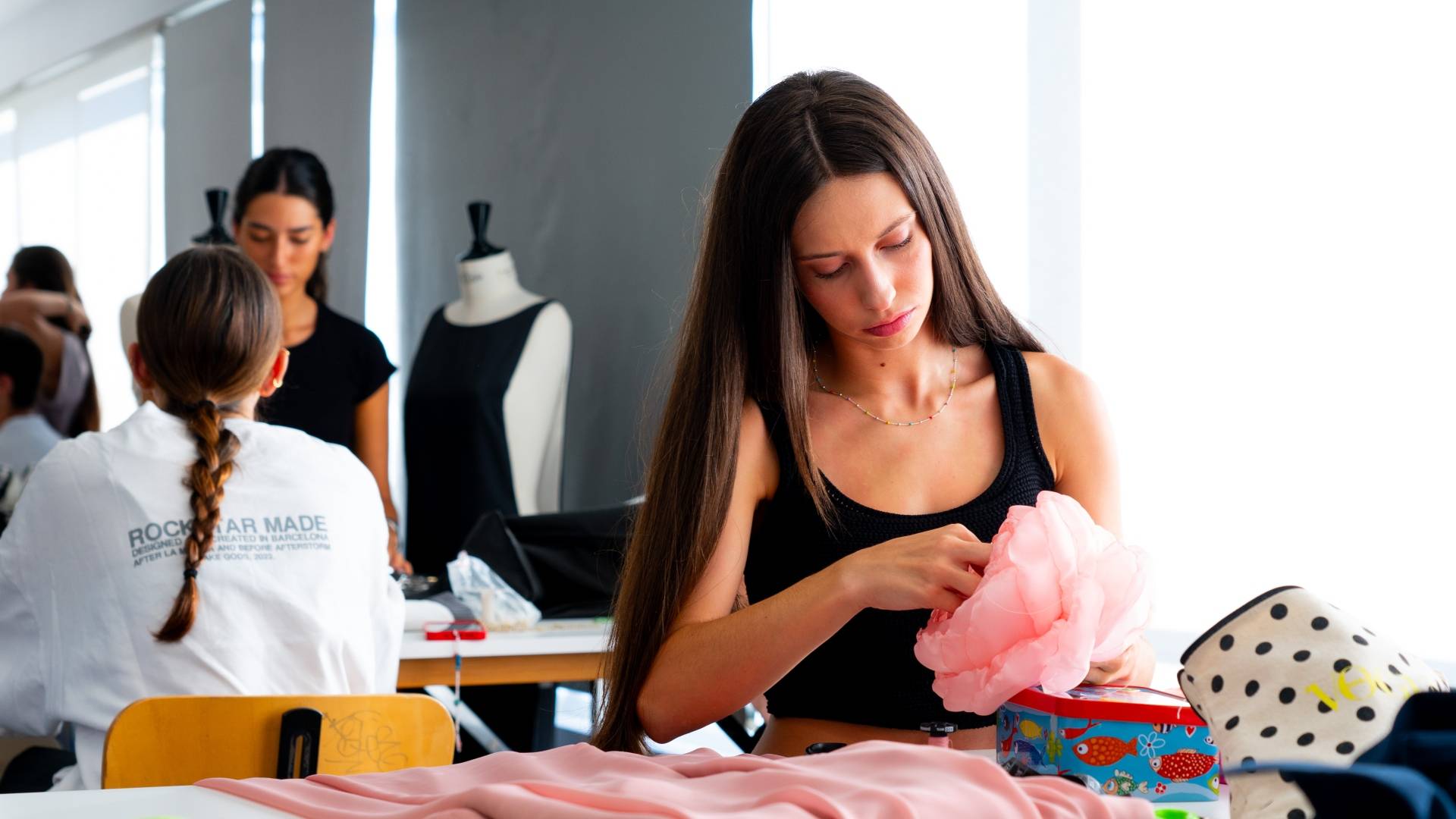How do you create a fashion collection: "El Olvido"?
The Mercedes-Benz Fashion Week Madrid catwalk was the setting for the "El Olvido" fashion show presented by the students of UDIT's Degree in Fashion Design as part of the 81st edition. But what is "El Olvido" based on and how is a collection developed?
UDIT: the only university with its own fashion show in the MBFWMadrid calendar
A total of 29 students from the Official University Degree in Fashion Design at UDIT have developed the collection "El Olvido" for the next Fall-Winter 2025/2026 season.
The main idea on which they are based is an imaginary full of worn textures and fading colours. To develop this conceptual proposal, the young designers have been inspired by decadence and the transformation of time, working on the frontier between what is lost and what remains.
The designed pieces, for their part, play with the idea of decomposition, giving rise, for example, to embroidery that falls apart, frayed fabrics or different details that evoke what was once lived.
This project is carried out by different subjects of the last year of the University's Degree in Fashion Design and includes from the ideation to the materialisation of the looks, including the selection and manipulation of textile materials and the styling of the proposal. All the designs were created in the university's specialised workshops and classrooms, under the supervision and advice of professional teachers from the industry.
👇Rivethe fashion show of the students of the Degree in Fashion Design:
https://www.youtube.com/watch?v=VCLj8lOAs9U
Degree in Fashion Design at UDIT
The University of Design, Innovation and Technology is the benchmark university in Fashion Design, being the first university to offer this Official University Degree.
During the four years of training, we will provide you with a high quality education, networking opportunities and a gateway to the global industry.
Among our most outstanding alumni are Paloma Suárez, creator of the eponymous firm Paloma Suárez and one of the Spanish fashion references, Antonio del Canto, who has paraded this year for the first time at the MBFW with his collectionKiss me at the gate or Amara Caruncho, winner of the Allianz EGO 2023 Award.
How to create a fashion collection: 6 steps
Designing a fashion collection is not only a question of talent, but of a well-structured process that transforms ideas into market-ready garments. If you've ever wondered how to create a fashion collection, here's a step-by-step guide to bring your creative vision to reality.
1. Define the concept and inspiration
Every fashion collection starts with a central idea or concept that will guide its development. This inspiration can come from a variety of sources: art, history, architecture, nature, current trends or even personal experiences.
To consolidate the vision, designers create a moodboard or inspiration board that compiles images, colours, textures and references that will help shape the aesthetic of the collection.
2. Trend and market research
Before moving forward with the design, it is essential to analyse current trends in the fashion industry and study the target market. This involves research:
- What colours, fabrics and styles are trending.
- Who are the potential consumers.
- What needs or preferences the target audience has.
Tools such as WGSN trend reports, trade magazines and social media analysis can provide key information to define a unique and relevant proposition.
3. Design and development of sketches
With the concept clear and the market analysis done, the next step is to translate the ideas into sketches. This is where you define:
- Silhouettes and cuts.
- Materials and fabrics.
- Clothing details.
Designers can create sketches by hand or using specialised software such as Adobe Illustrator or CLO 3D for more precise digital visualisations.
4. Fabric and material selection
A collection is not only defined by the design, but also by the choice of materials. It is important to choose fabrics that align with the aesthetics and functionality of the garments, as well as considering aspects such as sustainability and production costs.
5. Prototyping and sample making
With the designs defined and materials selected, prototypes or samples are created. Often, designers work with dressmakers and pattern makers to perfect each garment until the desired result is achieved.
Once this base is in place, the next stages are geared towards the production of the collection, marketing strategy and the launch and subsequent sales.
If you dream of creating your own collection, start by defining your concept and exploring all the tools that design and technology can offer you. Remember that, if this is your dream, quality training is a fundamental phase of your career as a professional fashion designer.
At UDIT, you will be able to study the Official Degree in Fashion Design, acquiring a mastery of all the areas that make up Fashion, from design, cutting, tailoring, pattern making and grading to styling, fabrics and photography. If, on the other hand, you are looking to focus your career on fashion, working on key concepts such as sustainability, new textile technologies and inclusive design, the Official Master's Degree in Fashion Design is a good option.
During one year you will learn how to give garments and collections a contemporary and differentiating visual discourse in a competitive and globalised market.
👀 Discover Paisajes de la sed, the Master's thesis by Pablo Liñán, alumni of the Master's in Fashion Design.
https://www.youtube.com/watch?v=p6F8OVZCjbw
Do you want to experience fashion before the start of the course?
At UDIT's Fashion Camp, you can find out if fashion is your vocation. For two weeks, from 30 June to 11 July, you will enjoy workshops and activities in which you can explore, investigate and express your creativity by becoming aware of textures, shapes, volumes, colours, fabrics and fashion trends.
More information about the camp
How to become a professional fashion designer
"El Olvido", the fashion show of UDIT's young designers at the 81st edition of MBFWMadrid
Fashion designer Paloma Suárez, UDIT alumni, triumphs once again at MBFWMadrid

